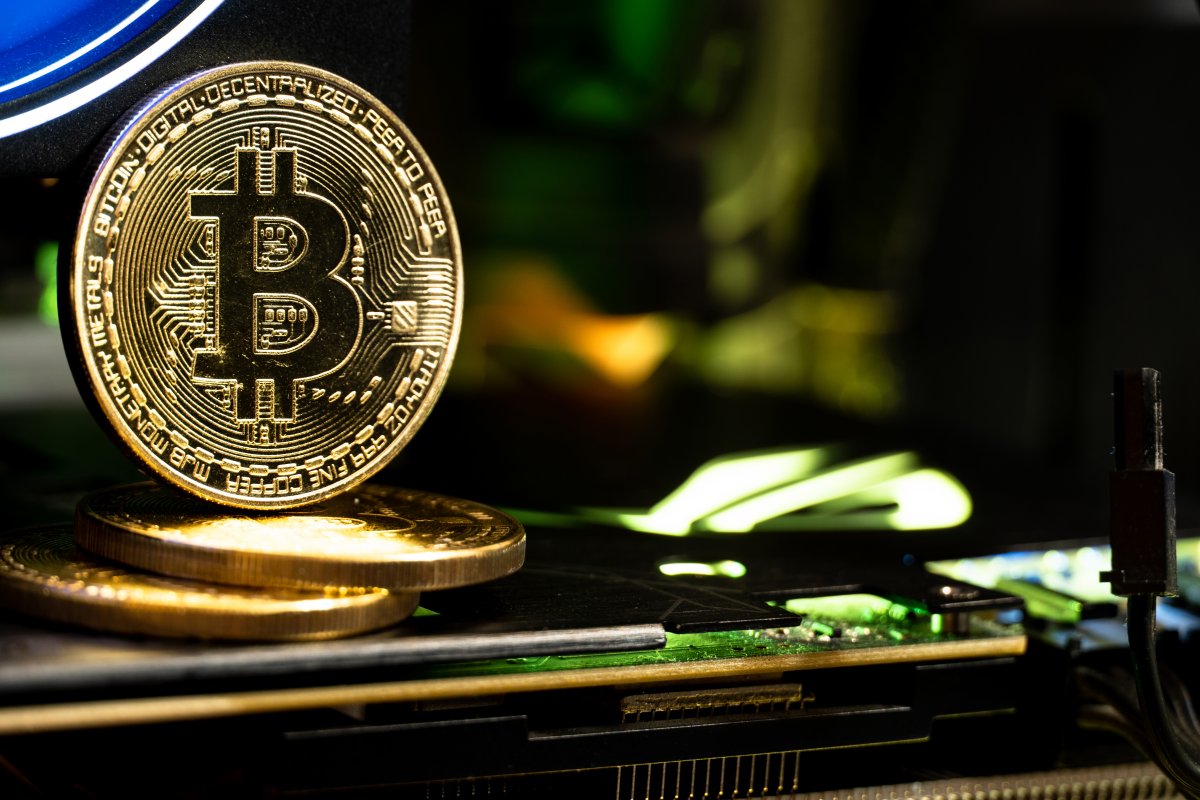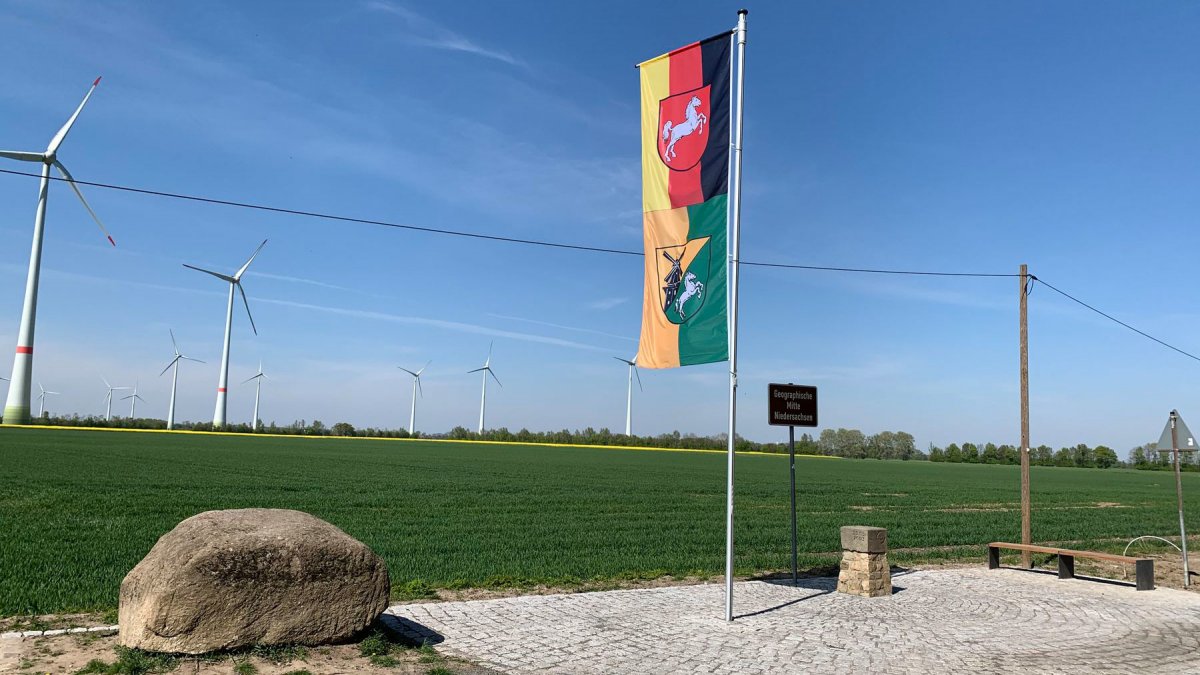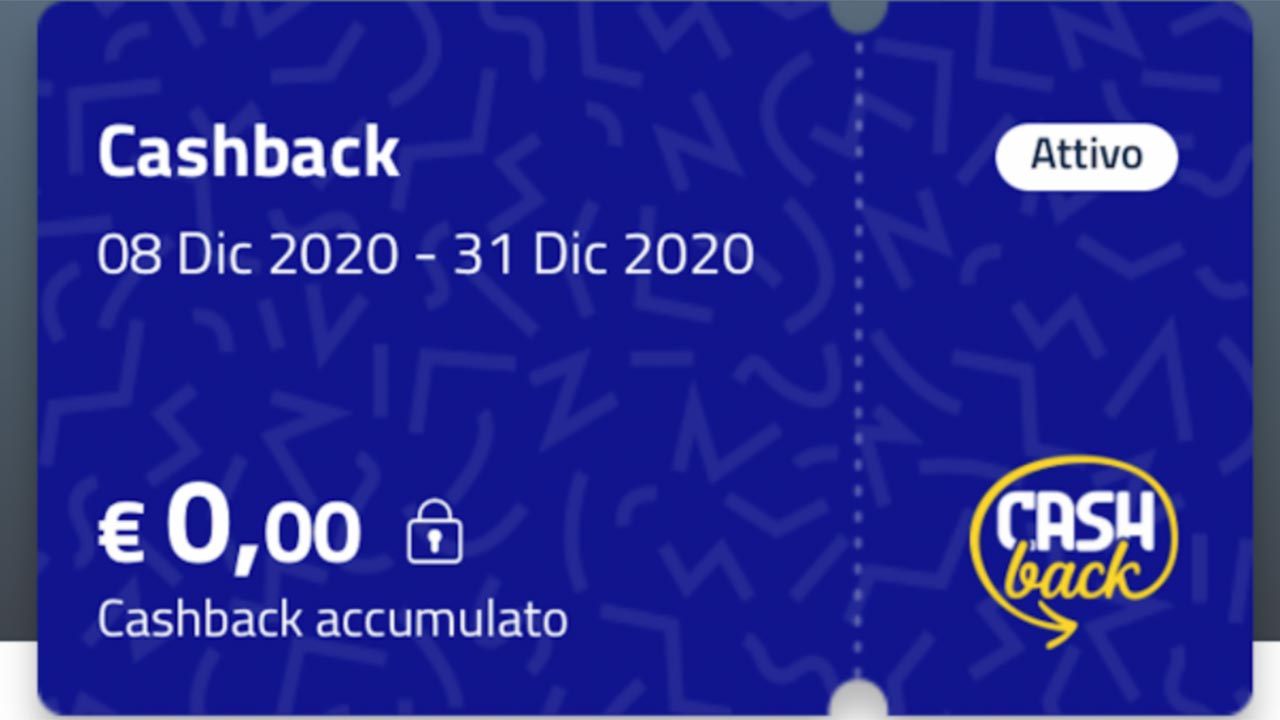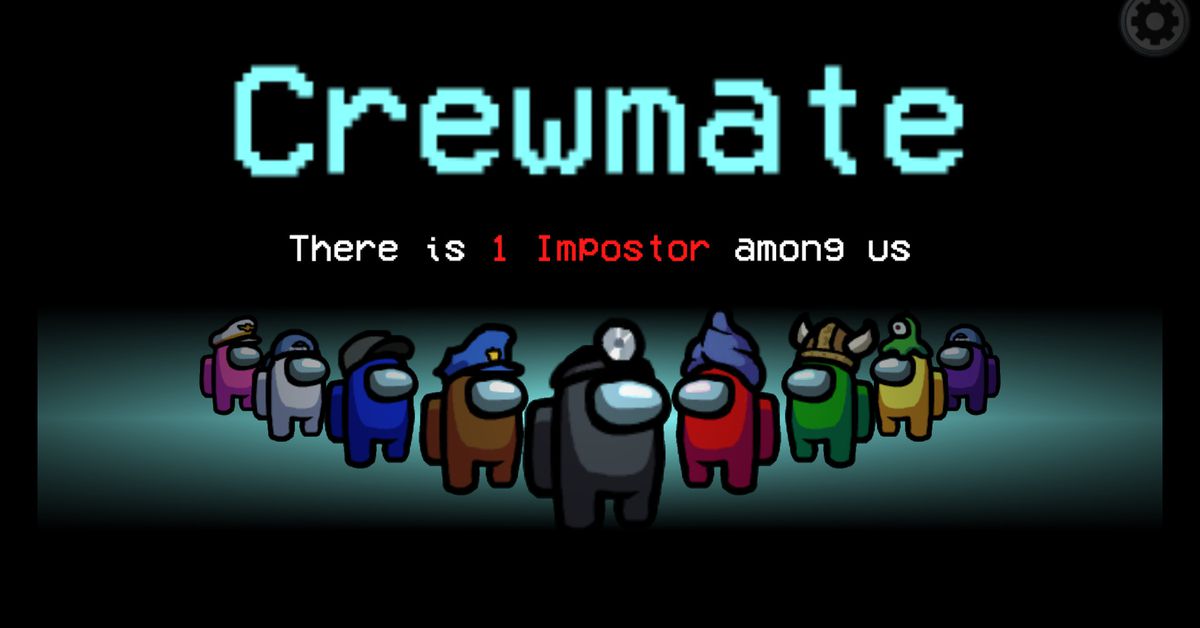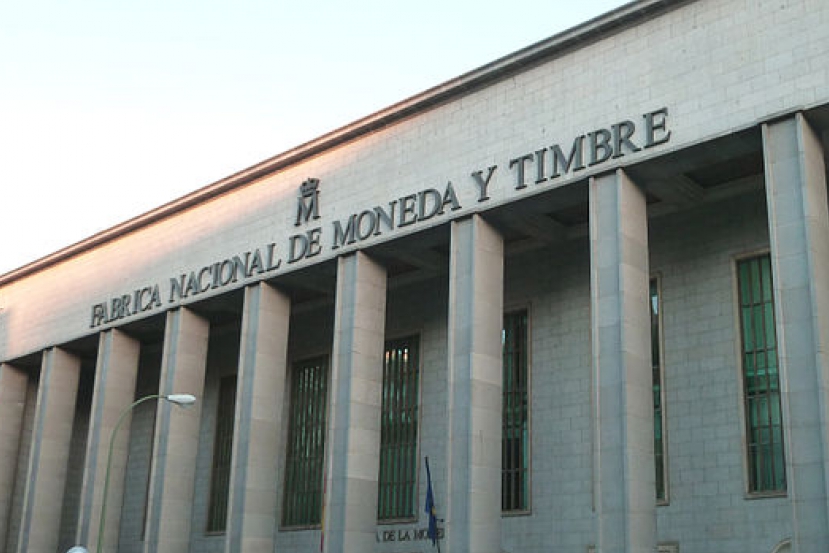Where Werra and Fulda kiss, the cycle path begins along the Weser, which also leads through Hoya. The 2007 merged with Eystrup is called Grafschaft, although Otto the VIII., The last Count of Hoya, was already well 400 died childless. He was married to Agnes von Bentheim and Steinfurt and 800 Canon of Cologne and Verden, until 1559 Canonicus to St. Gereon in Cologne and ruled from 1575 to Hoya. His remains are in the St. Martin’s Church in Nienburg. After him, the Welfs divided the county among themselves. 1979 the joint municipality of Hoya took on the name again in order – as the district superiors explained – to revive the reference to the former county .
2011 merged the joint municipality Grafschaft Hoya with the joint municipality Eystrup. I visited the station of the 3390 souls counting community during my first commute in February 2007 got to know. Shortly after that, my ICE had stopped suddenly and braked heavily that morning. After a while an announcement came that an incident had occurred and the train could not continue. Until then, I was not familiar with the Deutsche Bahn codes when they spoke of “people in” or “emergency doctor on the track”; nor which procedures apply in the case of rail suicide. Of these occur on German tracks at least annually 400 and now I was apparently affected by one.
Since the train did not stop at a platform and could not be moved because of the upcoming change of engine driver and the police investigation, we passengers could not simply get off. There was too big a security gap between the exit and the floor, so we had to wait until the doors were fitted with makeshift stairs. Then we could walk to the train station and wait for the rail replacement service, which slowly trickled in after a while. I figured I could wait another two hours if I didn’t push my way. And since I basically don’t do that, I hitchhiked myself to the street. Two young women took me to Garbsen on the outskirts of Hanover.
State on hard foam board Before 17 years ago, the regional television magazine “Hallo Niedersachsen” determined the northernmost, southernmost, westernmost and easternmost point of the state. As a result, it was also raised where the middle is. Cartographers from the State Office for Geoinformation and Land Surveying Lower Saxony (LGLN) cut out a map of the state and glued it to a rigid foam board. The plate was leveled with a needle and then pierced. The result: the center of the storm festivals and overgrown soil is in Hoyerhagen, and that belongs to the county of Hoya. Perhaps that is why I felt quite centered.
While Hoyerhagen can boast indisputably of his middle-punctuality, the geographical center of Germany is being fought over. A total of seven municipalities claim this title, including one in Lower Saxony, namely Krebeck near Göttingen, two hours’ drive south-southeast of Nienburg. There are more center stones, center panels, center trees and center restaurants in the Thuringian Flinsberg, Niederdorla, Silberhausen, Landstreit, Bischofroda and Hessen is there with Besse. Depending on the measurement method, they may all be right. The center of the earth, on the other hand, is clearly not in Greece from a culinary point of view, but in Brandenburg and the center of the world is not far from Delmenhorst, known in Lower Saxony.
I did not get to see the center of Lower Saxony, because it soon began the next stage. It didn’t go far, and it was hardly worth sitting down. The bus driver informed me that he would turn right at the next intersection and that I would have to get off shortly afterwards. He let me get off the road at the edge of the forest a bit away from the settlements.
High-ranking visitor On The stop sign was not visible which bus would be heading for my next stage destination Verden, nor was the sign on the opposite side. Mind you: my iPhone ran out. There was hardly any traffic on the street, people were probably already staying at Brokser Markt or were still recovering from their visit there from the day before. In view of the silence and uncertainty, I felt like I was in the position of Cary Grant in Hitchcock’s film “North by Northwest”, in which he gets off a bus in nowhere and waits until he is attacked by a plane.
A bus was approaching from the left. “Oh, today we have a guest of honor,” the bus driver called to me when I gave him my Bahncard 100 showed the driver’s license. I replied whether it led to Verden and he said yes. It doesn’t happen every day, rather very rarely, that someone shows him a Bahncard 100, certainly not not in this area. I explained to him that my train could not continue in Nienburg and that I was trying to get through with buses to Bremen, as there was no rail replacement service. “Yes, that will be bad today, it’s Brokser Markt.”
In the summer 2019 was not available for me Question to explore an alternative to the Bahncard 100. On the first day of commuting at the end of February 2007 I immediately bought the train flat rate. I had calculated in detail that it would be worthwhile for me for the Bremen – Hanover route, especially including local public transport, because I still had to drive to and from the train station. Part of the amount I got credited to my income tax through the commuter allowance. In addition, I didn’t feel like buying tickets all the time.
Another advantage is that it has a passport photo on it so that it cannot be used by anyone but me. In the morning I could put it on my folding table and doze off, the conductor didn’t have to wake me to see my license. Once I had to wake up hastily and get off in Hanover, forgot my Bahncard, which then drove on without me. When I was back on the platform at the end of the day, I heard the announcements with half an ear, as always. In one of them I suddenly thought I could hear my name, but thought I had misheard. It seemed unlikely and unreal to me to hear my name in a station announcement and was all the more astonished when it was repeated a short time later: “Mr. Andreas Wilkens, please come for information.” I went there and a railway employee handed me my Bahncard.
Big bad investment In this one Year 2020 the Bahncard 100, which, as always, I bought in February after the annual cycle as my biggest bad investment of the year. I haven’t gone to the editorial office since mid-March, since then I have been writing all my articles for heise online in my home office. When I told my loved ones this and also described the possibility that there will be a lot more home work in the future and I my calculation for the Bahncard 100 would have to rethink and then probably have to buy individual train tickets and possibly monthly tickets for BSAG and Üstra, which I dreaded, she brought me up to date with coffee and gingerbread: “Dearest, it are now mobile phone tickets and on the tram you can also pay with your phone at the machine. ”
‘Interesting’, I thought. I was talking less about the content of what she said, but more about my knowledge of how much my thinking is determined by habit. I had either edited or even written some messages about new payment options for heise online. However, I had not managed to integrate the options of this new technology into my thinking.
I had long since thought about the fact that a lot, possibly all, of thinking is shaped by conventionality and changing is always difficult, but often richly rewarding. In my job as a news editor in particular, it is always important to keep your eyes open, not to have reservations about the new or unknown, but to be critical. Some developments in my private life, which had led me to see my existence anew and to reorganize, had given me further impetus to examine the old ways and sometimes to throw them overboard. If that was my mid-life crisis, then I will probably be at least 110 years old.
At a bus stop between Hoya and Verden, two schoolchildren with satchels got on, two stops later they got off again. They greeted the bus driver, he greeted them back and addressed them by name. “The two come from Syria, they were housed here in the country four years ago, now live here and thrive,” the bus driver told me without my asking. What was the situation here with the refugees at all? I asked him. “As far as I was aware, there were no problems. The people here are helpful.”
I remembered a trip home from Hanover, which I did with the regional express as an exception. I was sitting in a group of four with two young men, we all looked at our phones. The young man next to me had apparently noticed that I was reading a game report from the Bundesliga and asked me about it. It turned out that he and his cousin came from Syria, more precisely from Homs, their family had collected money to be able to send them to Germany in order to save them from being at an age of just 17 years to be drafted into the Syrian Army. They are housed in Finsterwalde and are now on their way to Bremerhaven to introduce themselves there for vocational training. By the way, they are fans of Bayern Munich.
(anw)
